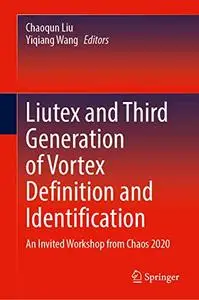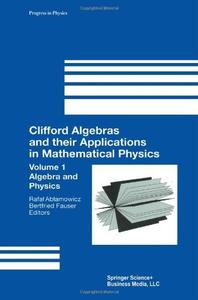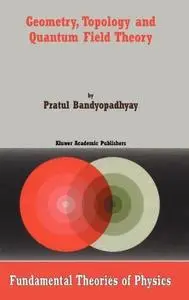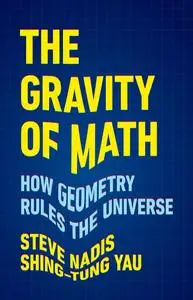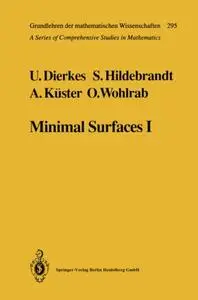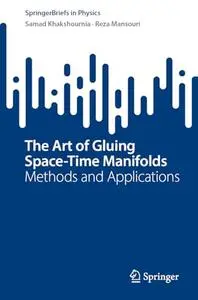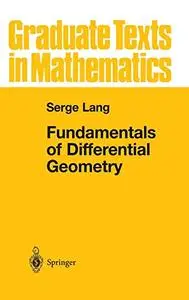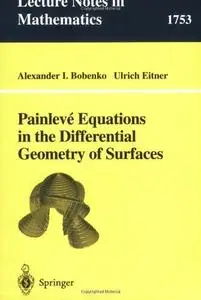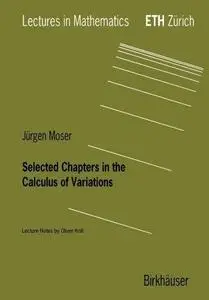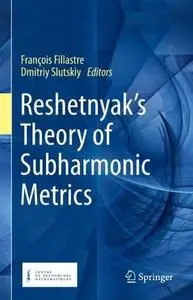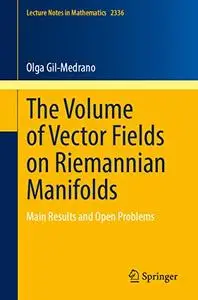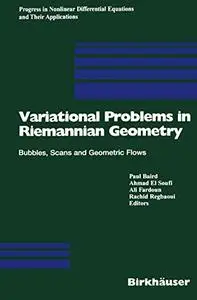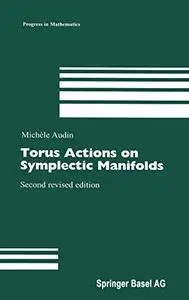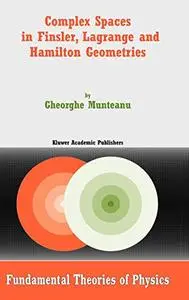Painleve Equations in the Differential Geometry of Surfaces by Alexander I. Bobenko, Ulrich EitnerEnglish | PDF | 2000 | 125 Pages | ISBN : 3540414142 | 9 MB
Since the time of surfaces -+ in differential Gauss, parametrized (x, y) P(x, y) have been described a frame attached to the moving geometry through TI(x, y) surface. One introduces the Gauss- which linear dif- Weingarten equations are , ferential equations = U = TIX T1, VT', !PY (1. for the and their condition frame, compatibility - = V + [U, V] 0, UY (1.2) which the Gauss-Codazzi For surfaces in three-dim- represents equations . a sional Euclidean the frame T1 lies in the usually or space, group SO(3) SU(2). On the other a of a non-linear in the form hand, representation equation (1.2) is the of the of of starting point theory integrable equations (theory solitons), which in mathematical in the 1960's appeared physics [NMPZ, AbS, CD, FT, More the differential for the coefficients of AbC]. exactly, partial equation (1.2) the matrices U and V is considered to be if these matrices can be integrable , extended to U V non-trivially a one-parameter family (x, y, A), (x, y, A) satisfying - = + U(A)y V(A). [U(A), V(A)] 0, (1-3) so that the differential is and original partial equation preserved.' . Usually U(A) V are rational functions of the which is called the (A) parameter A, spectral param- In soliton the eter is called the Lax . theory, representation (1.3) representation the Zakharov-Shabat or representation [ZS].


